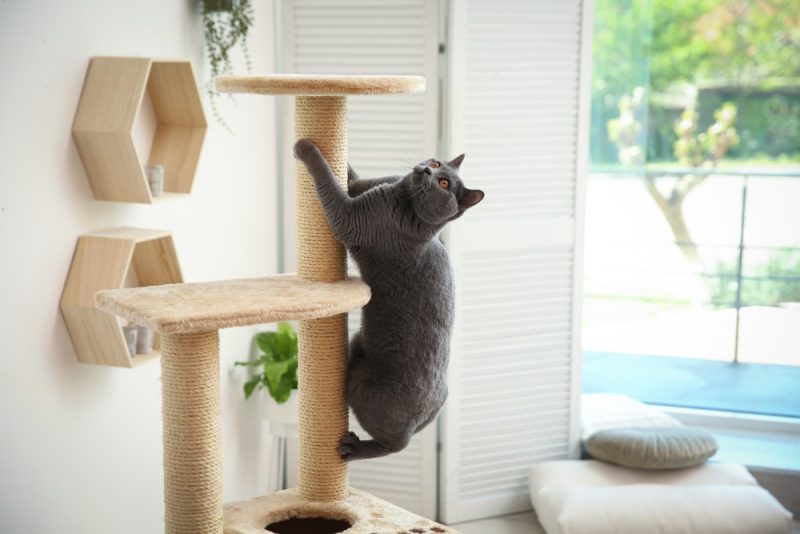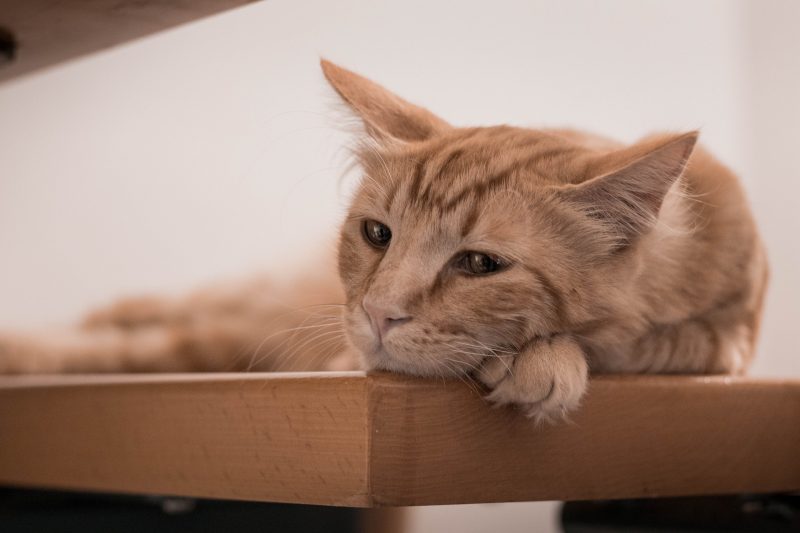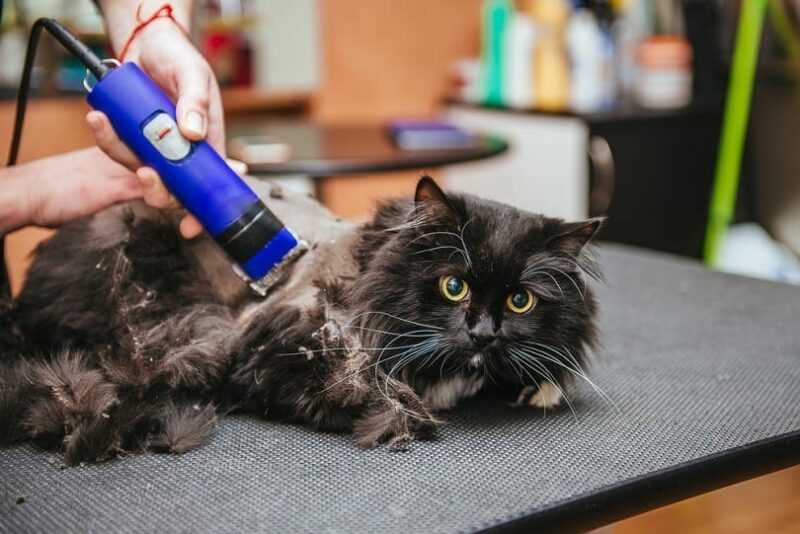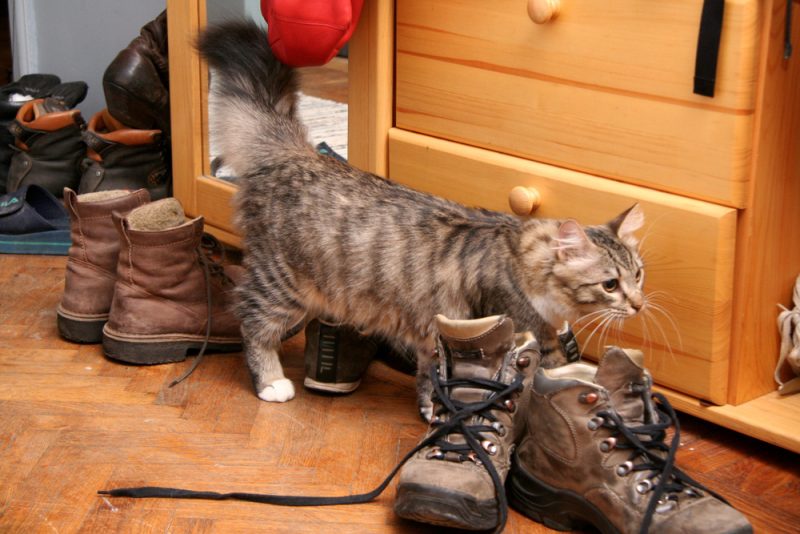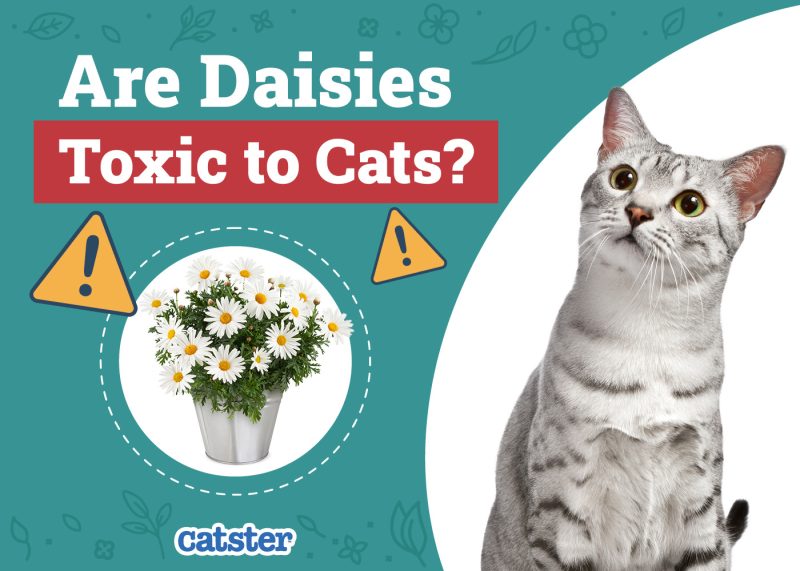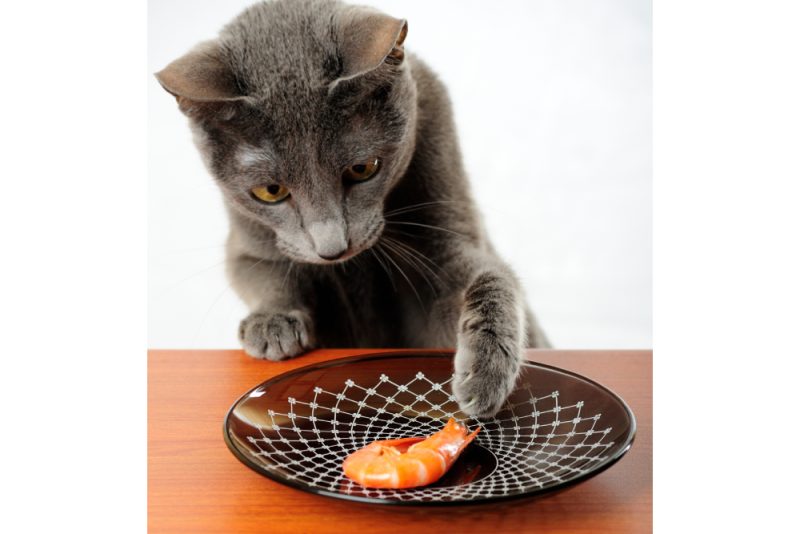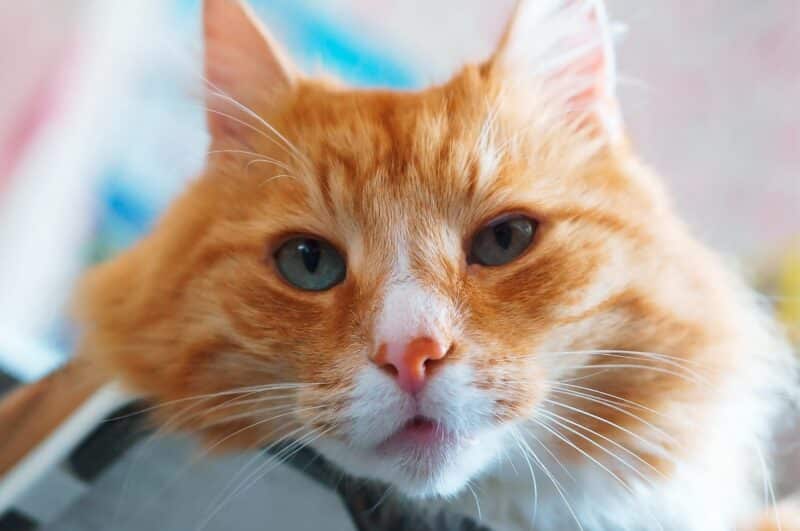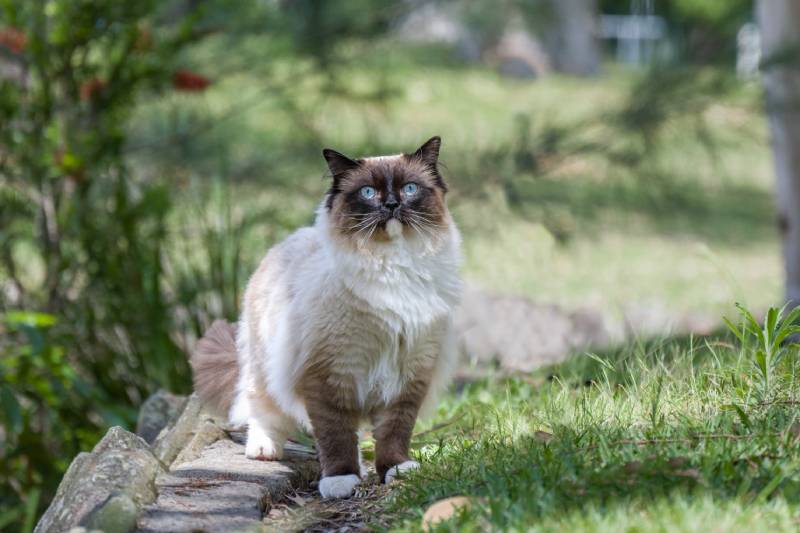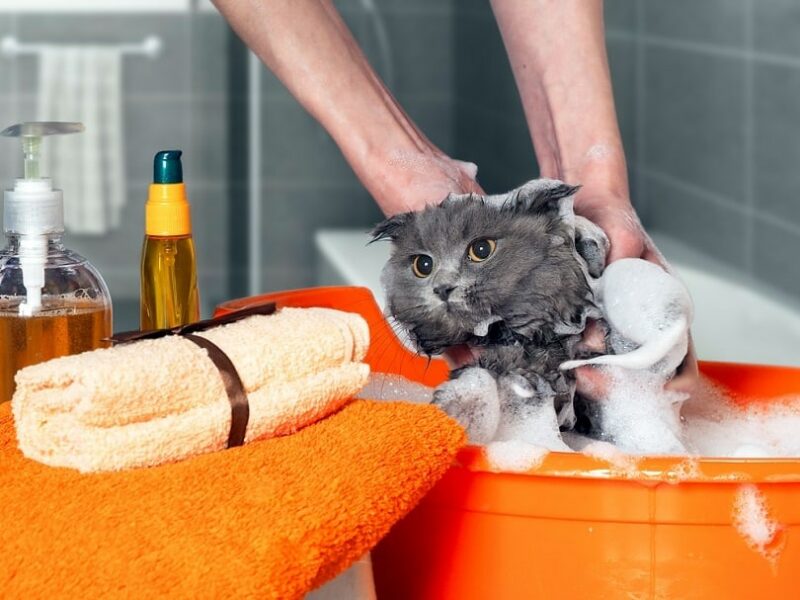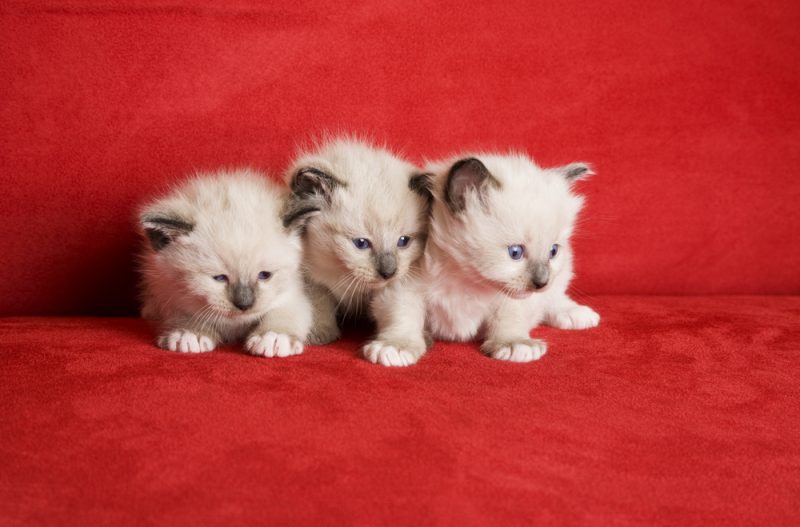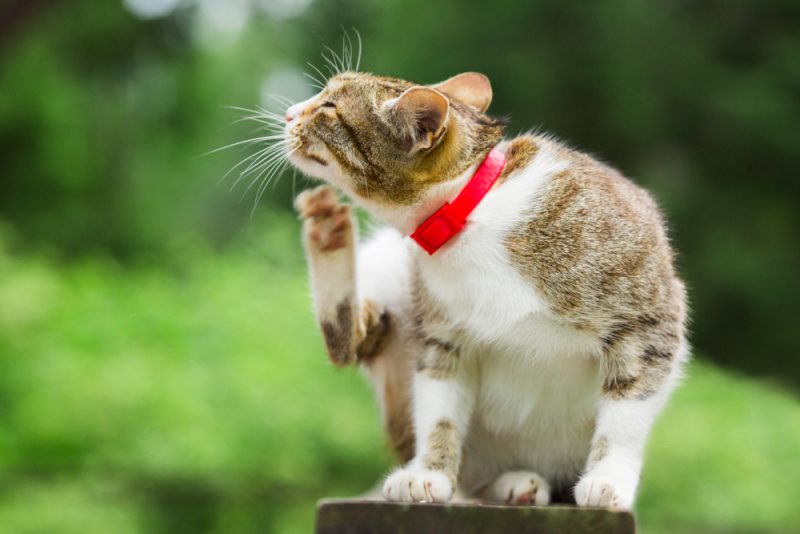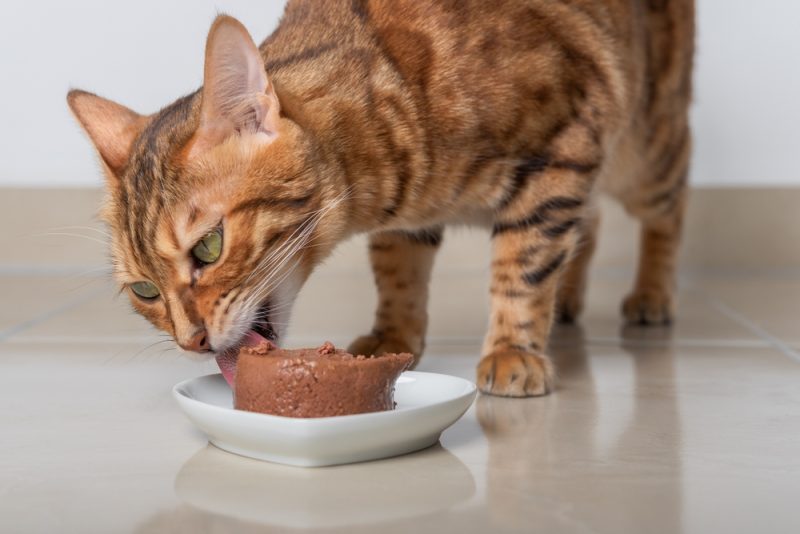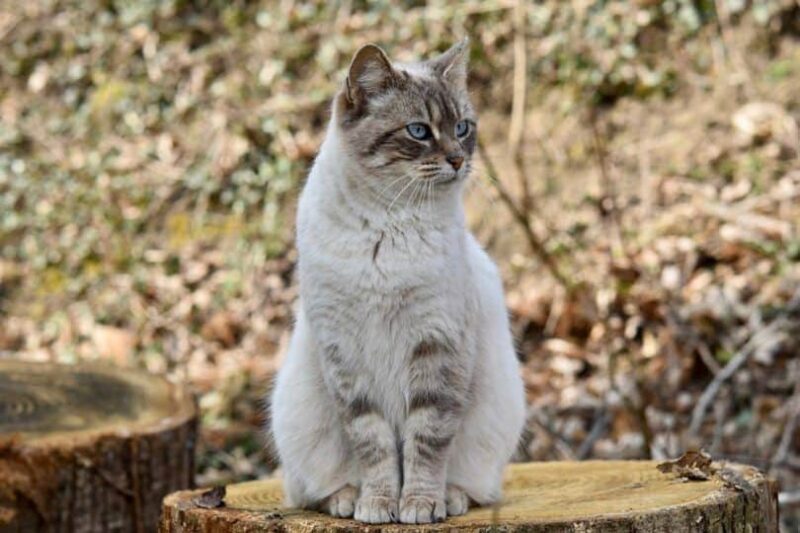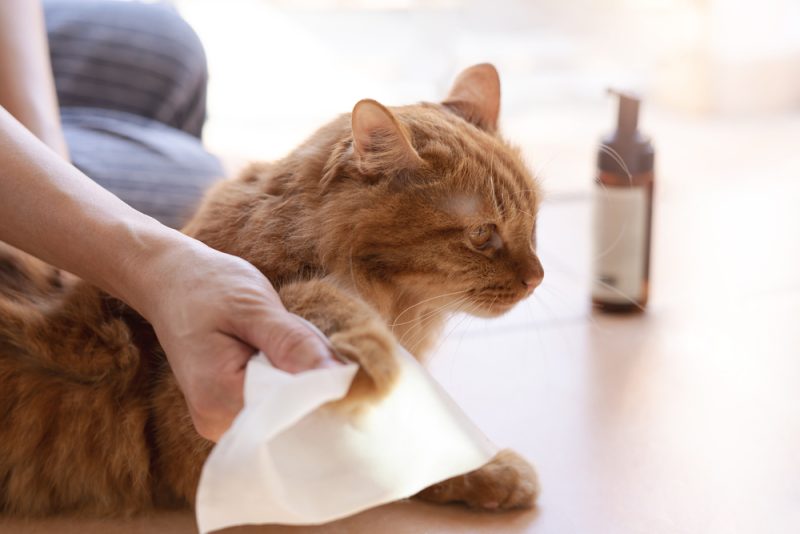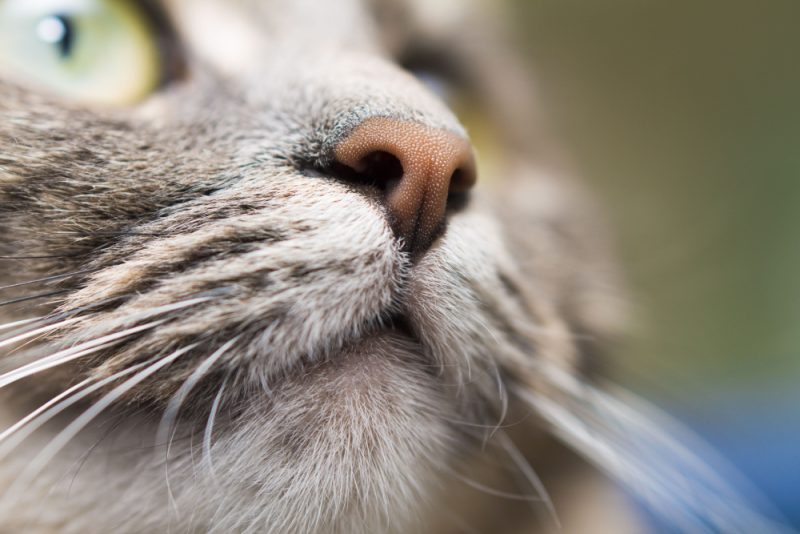In this article
View 4 More +F1 Savannah cats are first-generation Savannah cats. In other words, they are 50% serval and 50% domestic cat. The “F” stands for filial generation, while the number represents how many generations a cat is removed from the serval parent. Therefore, an “F1” cat is one generation removed. An “F4” cat would be four generations removed; the serval would be the cat’s great-grandparent.
The closer you are to the wild feline, the more likely the cat will act wild. As you move away from the serval blood, the wildness gets watered down a bit. This leads to a more domestic-acting cat. Size and appearance are also affected, as there will be fewer serval genetics.
The difference between an F1 cat and a later-generation cat can be astonishing. For practical purposes, the different generations are nearly different breeds. Therefore, when choosing a Savannah cat, you’ll also need to decide which generation you want.
The biggest variations are between the earlier generations. An F1 and F2 cat are going to look and act very differently. One is 50% serval, while the other is 25%, after all. However, an F4 and F5 are fairly similar.
An F1 cat is not very far removed from the original serval at all. Therefore, these cats are the wildest and largest Savannah cats. For this reason, they are often the most sought-after. However, there is much to consider about their wildness, and they are not suitable for all cat owners.

The Earliest Records of the Savannah Cat in History
Savannah cats were first crossed at the end of the 1980s. F1 Savannah cats are directly descended from servals, so they must occur before other generations. The first serval resulted from a cross between a Siamese cat and a serval. However, almost any domestic cat can be used in the crossings today.
The history of the Savannah cat picked up pretty quickly after the first cross was made.
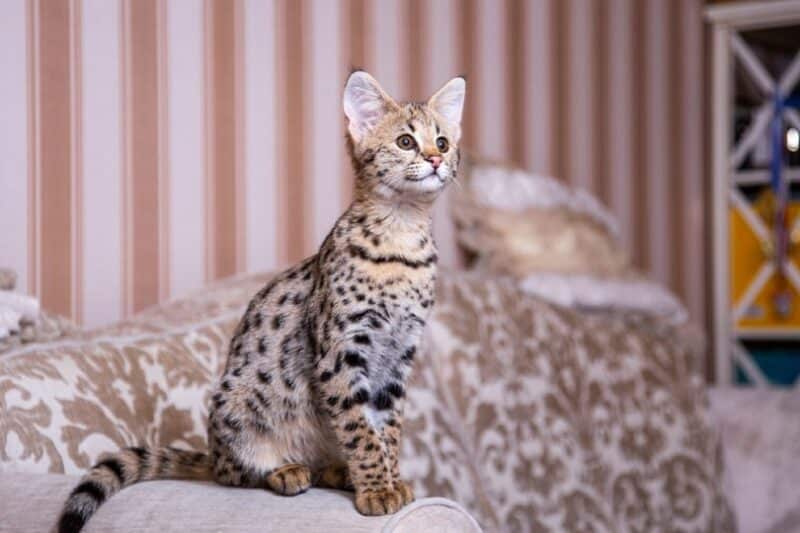
How the Savannah Cat Gained Popularity
The F1 Savannah cat is pretty large. Therefore, they tend to be popular. If someone wants a wild-looking cat, the F1 Savannah is usually what they choose. However, their large size can make them difficult to own, and much of their popularity is unfounded. Breeders must be extremely careful regarding whom they sell their kittens, as Savannahs tend to be a handful.
Out of all the generations, the F1 Savannah cat will be the biggest. They usually range from 15 to 24 pounds and stand up to 24 inches high. Therefore, they are much larger than your average domestic cat. When bringing one into your home, you should consider their larger size. Not only does it mean that they need larger toys, beds, and crates, but they can also climb and jump higher.
Shortly after the first cross, Savannahs began gaining popularity. There were several breeders specializing in them as early as the 1990s.
Formal Recognition of the F1 Savannah Cat
The International Cat Association (TICA) recognized this breed in 2001. However, it took several more years for this breed to be recognized as a championship breed, which didn’t occur until 2012. This recognition allows the breed to participate in cat shows at the highest level.

Top 3 Unique Facts About the F1 Savannah Cat
1. Many of an F1 Savannah Cat’s traits are completely random.
While all these characteristics apply to most F1 Savannahs, it’s important to realize that genetics are completely random. When mixing a serval and domestic cat, the resulting kittens can inherit any traits from any parent. It’s impossible to predict which traits will be inherited from which breed. Therefore, the resulting kitten is completely random. You won’t know what you’re getting until the cat is grown.
Usually, the kittens are a pretty even mix of both parents. However, some kittens may inherit more appearance traits from their domestic parent. Not all Savannahs look like the ones commonly shown online. Technically, they can inherit a wide variety of different genetic traits.
Their temperament can vary just as much. Some lucky owners have Savannahs that inherited mostly domestic temperament traits. These felines may act a lot like domestic cats, even getting along with children and other cats. However, others may inherit mostly serval temperament traits, which would make them quite difficult to deal with.
2. Different generation labeling systems are utilized depending on who you talk to.
On top of the “filial” rating, you may see Savannah cats marked with a letter too. This rating system is used by TICA and is completely independent of the filial system.
- A: One parent is not a Savannah (which usually means the cat is an F1).
- B: One grandparent is not a Savannah.
- C: One great-grandparent is not a Savannah.
SBT is also used as a designation in this system. Usually, these felines are F4 and later, as three generations of Savannah cats are required.
3. Figuring out what an F1 Savannah cat is can get complicated.
After the F1 generation, breeders usually mix Savannah cats. However, sometimes, domestic felines are used, which leads to later generations. When Savannah cats are mixed, things can get complicated. The same-generation cats aren’t always used. When you mix an F1 and an F3 cat, what generation is the resulting kitten?
Usually, breeders split the difference. In this example, the resulting kittens would usually be labeled F2. However, when the split isn’t even, breeders may round up or down.
Therefore, when you see an F2 or later kitten, remember that the road to get to that kitten may be a bit complicated.

Does the F1 Savannah Cat Make a Good Pet?
These cats are known for being handfuls. They aren’t your typical domestic cats.
Practically everything in a home with an F1 cat needs to be nailed down. This breed is very curious, active, and physically capable. Therefore, they can get into just about everything. They can be extremely mischievous, and many owners even have a “cat room” where the cat stays when the owner is not supervising the feline directly. However, this room must be large, as these cats are fairly active.
Savannahs don’t socialize well with others, especially children. They aren’t aggressive but they are standoffish. Plus, without proper socialization, they can underestimate their size. F1 Savannahs can harm children and even adults. While they are considered domesticated, they’re still 50% wild.
These cats prefer to bond closely with one or two people. Therefore, they are not the best for families. Instead, cats with more domestic blood are recommended for homes with children.
Savannahs are extremely active and will spend most of their time moving. They require constant stimulation through direct contact with a person or interactive toys. Because these cats are so large, it can be challenging to find cat toys that work for them. Many people use small dog toys instead. They tend to be a bit destructive, so many toys will not last very long, anyway. These cats like to be petted, but they are not lap cats—it’s unlikely that they will sit in your lap for any length of time.
Because these cats act so wild, it can be challenging to find vet care for them. Be sure a local vet will see your feline before adopting one. While they are technically domesticated, some vets won’t see them due to their potential for aggression.

Conclusion
F1 Savannah cats are as closely related to the serval as possible. Therefore, they are larger and wilder looking and have fewer domestic traits. While this makes them sought-after, it also makes them harder to handle. They are 50% wild animal and they act like it. While this doesn’t mean that everyone should avoid them, it does mean that they are only suitable for very specific people.
Before adopting one of these cats, make sure that you understand the amount of work that they are. Adopting one just because they look beautiful isn’t recommended.
See also:
- Do Savannah Cats Get Along With Other Cats?
- Do Savannah Cats Shed a Lot?
- What’s an F6 Savannah Cat? Facts, Origin, Pictures & History
Featured Image Credit: Kolomenskaya Kseniya, Shutterstock


